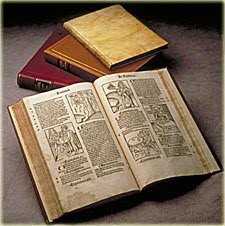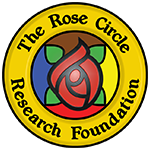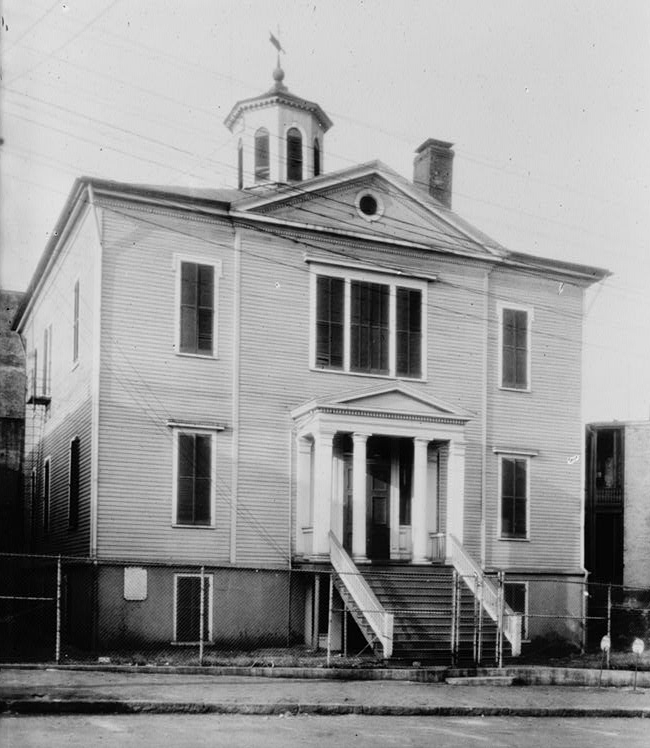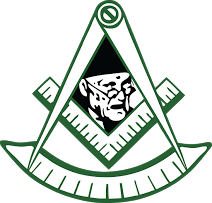 |
| Courtesy chabad.org |
In New York City, sunset is just minutes away, which means Tisha B’Av, noted as the saddest day of the Jewish calendar, will begin. The ninth day of the month Av is cited as the anniversary of many tragedies confronted by Jews throughout their history, including the destruction of King Solomon’s Temple by the Babylonians in 423 BCE. And this is not the only reason why the day should be significant to Free and Accepted Masons.
In religious practice, it is a busy day for the faithful, albeit one shaped by mournful prayer, fasting, and additional acts of solemnity befitting this day of grim remembrance. The relevant Scripture is the Book of Lamentations, the prophecy of Jeremiah that foretells the destruction of the First Temple.
“For these things I weep; my eye, yea my eye, sheds tears, for the comforter to restore my soul is removed from me; my children are desolate, for the enemy has prevailed.” (1:16)
“The Lord has rejected His altar, He has abolished His Sanctuary, He has delivered into the hand of the enemy the walls of her palaces; they raised a clamor in the House of the Lord, as on a day of a festival.” (2:7)
“Restore us to You, O Lord, that we may be restored! Renew our days as of old.” (5:21)
In the Craft lodge, the Freemason speaks only of building the Temple, because the Mason is at once the builder, the raw material ashlar, and, in the end, the finished perfect ashlar fit for the Grand Architect’s designs. Even after the tragedy that befalls GMHA, we know from history that the labors continued and the Temple was completed. Although it was known what would happen to the Temple on Tisha B’Av, it had to be built. The Temple also is three-fold: the First Temple, as erected by Solomon; the Second Temple, of the post-Babylonian exile; and the “Third,” yet to be built, but inevitable.





















































No comments:
Post a Comment